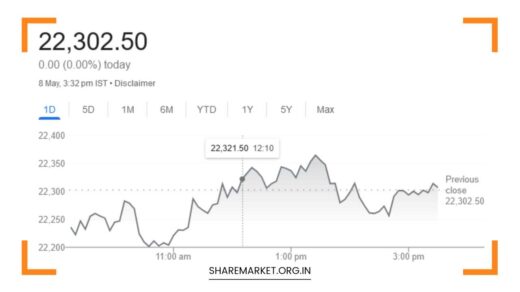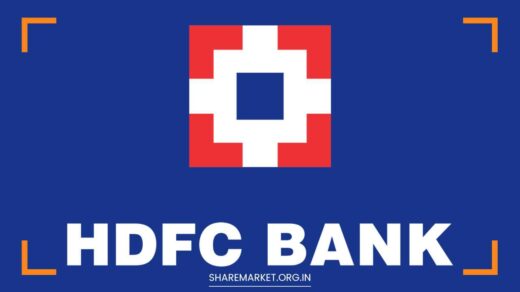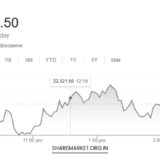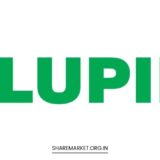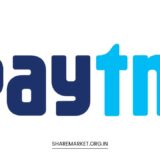HDFC Bank: Foreign Investors Reduce Stake; Mutual Funds Increase Holdings
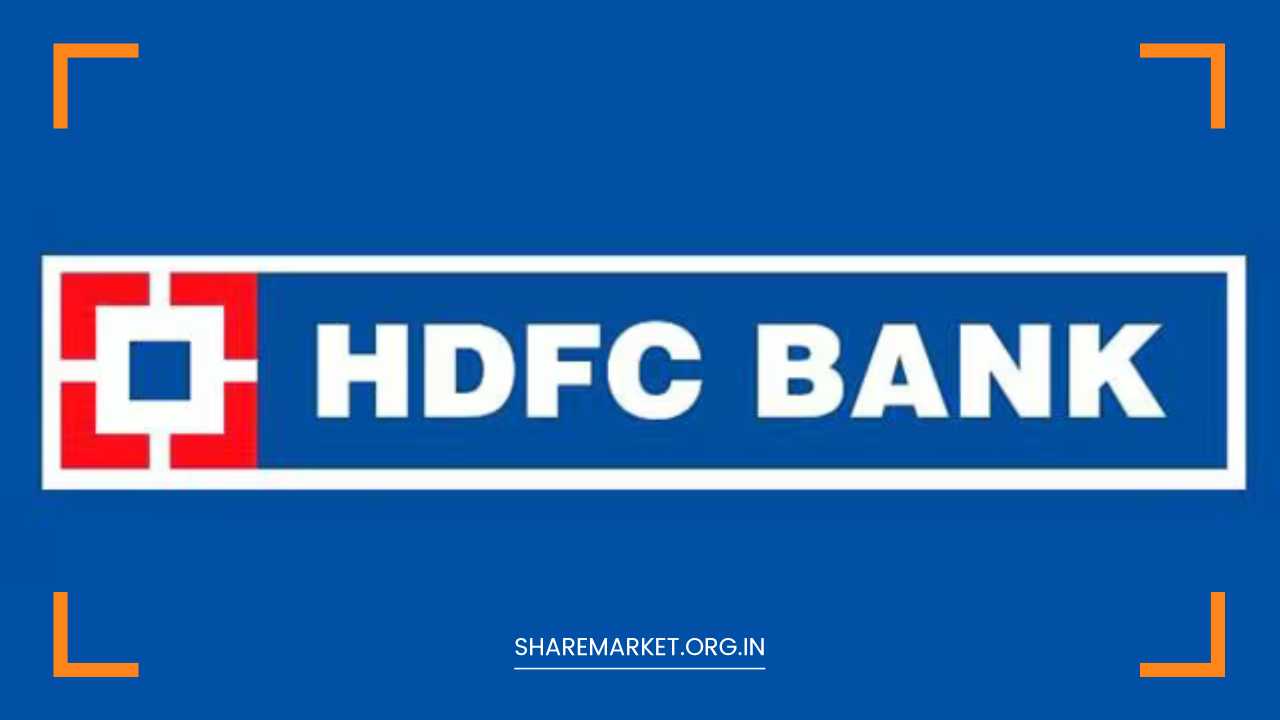
HDFC Bank
HDFC Bank: A Strategic Shift and Potential for Upward Trajectory
The recent shift in ownership of HDFC Bank, India’s largest private sector lender, paints a compelling picture for its future prospects.
While a decline in foreign holdings might raise eyebrows at first glance, it unlocks a strategic opportunity for the bank to climb the ladder within the prestigious MSCI index, potentially attracting billions in fresh investments.
This analysis delves deeper into the implications of this shift, explores the bank’s underlying strengths, and examines the optimistic outlook from leading analysts.
Shifting Sands: Foreign Stake Reduction and the MSCI Effect
Data from the Bombay Stock Exchange (BSE) reveals a noteworthy trend – foreign investors reduced their stake in HDFC Bank by 4.5% to 47.8% in the March 2024 quarter.
Conversely, mutual funds emerged as net buyers, increasing their holdings by 3.72% to 23.17%. This shift in ownership structure holds significant weight for the bank’s inclusion in a higher tier of the MSCI Emerging Markets Index.
The MSCI index methodology assigns weightage to stocks based on various factors, including a company’s investable portion for foreign investors, also known as “foreign room.” With a lower foreign holding percentage, HDFC Bank becomes more attractive for inclusion in a higher tier with a larger weightage.
Analysts estimate this potential adjustment could trigger an inflow of around $2 billion into HDFC Bank shares. This significant capital infusion would not only bolster the bank’s liquidity but also provide a strong tailwind for its share price.
Beyond the Blip: Deciphering the Recent Dip
It’s crucial to acknowledge that HDFC Bank’s share price experienced a decline in the December 2023 quarter due to earnings falling short of market expectations.
Investors expressed concerns about key metrics like net interest margin (NIM), deposit growth, and retail loan expansion during that period.
However, it’s important to view these challenges in context. Market corrections are natural occurrences, and temporary setbacks shouldn’t overshadow the bank’s inherent strengths.
Strong Fundamentals and Long-Term Growth Potential
Despite the recent dip, HDFC Bank boasts a robust foundation. The bank enjoys a dominant position in the Indian banking sector, with a vast network of branches and a loyal customer base.
Its post-merger entity with HDFC Ltd. further strengthens its market reach and product portfolio. Additionally, HDFC Bank has a proven track record of consistent profitability and a strong focus on digital innovation, making it well-positioned to capitalize on the growing digital banking landscape in India.
Analyst Confidence: A Vote for the Future
Leading brokerages have responded decisively to the recent price correction by revising their target prices for HDFC Bank upwards. This renewed confidence reflects a deeper understanding of the bank’s strong fundamentals and long-term growth prospects.
Citi, a prominent financial institution, issued a “buy” rating with a target price of Rs 2,050 per share, a significant 34% premium over the April 4 closing price.
Their analysts remain optimistic about the bank’s robust franchise and anticipate continued profitable growth.
Similarly, Morgan Stanley issued an “overweight” call with a target price of Rs 2,110 per share, citing the management’s guidance of stable double-digit year-on-year growth in the home loan business post-merger. This target price represents a potential upside of 38% from the current level.
Positive Momentum: Share Price Rebound and Investor Sentiment
The recent developments have instilled renewed investor confidence in HDFC Bank. The bank’s share price rebounded by 3% on April 4, reaching a two-month high.
This positive momentum can be attributed to the bank’s quarterly business update, which highlighted healthy growth in both advances and deposits.
The stock opened at Rs 1505 on the BSE and quickly climbed to a high of Rs 1529.85, fueled by strong buying pressure. This price level represents the highest closing price for HDFC Bank since January 17, 2024.
Looking Ahead: A Potential Surge on the Horizon
The reduction in foreign ownership, coupled with the bank’s robust fundamentals and positive analyst outlook, suggests a promising future for HDFC Bank.
While short-term challenges related to the broader market environment may arise, the bank’s long-term growth trajectory remains positive. Investors with a long-term perspective should closely monitor these developments as HDFC Bank positions itself for a potential surge in the coming months.
Beyond the Numbers: Strategic Initiatives and Growth Drivers
To paint a more comprehensive picture, it’s important to delve beyond the immediate financial metrics. Here are some key strategic initiatives that could further propel HDFC Bank’s growth:
- Focus on Rural and Semi-Urban Markets: With a significant portion of India’s population residing in rural and semi-urban areas, HDFC Bank’s recent focus on expanding its presence in these markets holds immense potential. The bank is actively establishing new branches and adopting innovative strategies like mobile banking and financial literacy initiatives to cater to this underbanked segment. This expansion could unlock a vast new customer base and contribute significantly to the bank’s future growth.
-
Digital Transformation and Innovation: HDFC Bank has consistently been at the forefront of adopting digital technologies in the Indian banking sector. The bank’s robust mobile banking platform and user-friendly online banking services have revolutionized the way customers interact with the bank. Continued investment in digital infrastructure and innovation will be crucial for staying ahead of the curve and attracting tech-savvy customers, particularly the younger generation.
-
Product Diversification and Value-Added Services: Beyond traditional banking products, HDFC Bank is strategically diversifying its offerings to cater to a wider range of customer needs. This includes wealth management solutions, investment products, and insurance services. Additionally, the bank is focusing on providing value-added services like bill payments, recharges, and e-commerce integrations, creating a one-stop shop for customers’ financial requirements.
-
Emphasis on Customer Experience: In today’s competitive landscape, exceptional customer service is paramount. HDFC Bank prioritizes building strong customer relationships by offering personalized services, efficient grievance redressal mechanisms, and a user-friendly banking experience. This focus on customer satisfaction will be instrumental in retaining existing customers and attracting new ones.
Navigating the Landscape: Potential Challenges and Risks
While the outlook for HDFC Bank appears promising, it’s essential to acknowledge potential challenges that could impact its growth trajectory. Here are some key considerations:
-
Macroeconomic headwinds: The global economic climate can significantly impact the Indian banking sector. Factors like rising interest rates, inflation, and geopolitical tensions can influence loan growth, asset quality, and overall profitability of the bank.
-
Competition: The Indian banking sector is witnessing intense competition from both traditional players and new-age fintech companies. HDFC Bank needs to continuously innovate and adapt its strategies to maintain its market leadership position.
-
Regulatory landscape: The regulatory environment in the banking sector is dynamic. Regulatory changes and stricter compliance requirements can impact the bank’s operational costs and overall agility.
Final Thoughts: A Well-Positioned Contender for Long-Term Growth
In conclusion, the recent shift in ownership structure at HDFC Bank presents a unique opportunity for the bank to climb the ladder within the MSCI index and attract significant new investments.
While a short-term dip in share price raised concerns, the bank’s underlying strengths, strategic initiatives, and positive analyst outlook paint a compelling picture for its long-term growth prospects.
By navigating potential challenges and capitalizing on growth drivers like rural market expansion, digital transformation, and product diversification, HDFC Bank is well-positioned to emerge as a strong contender in the Indian banking sector for years to come.

